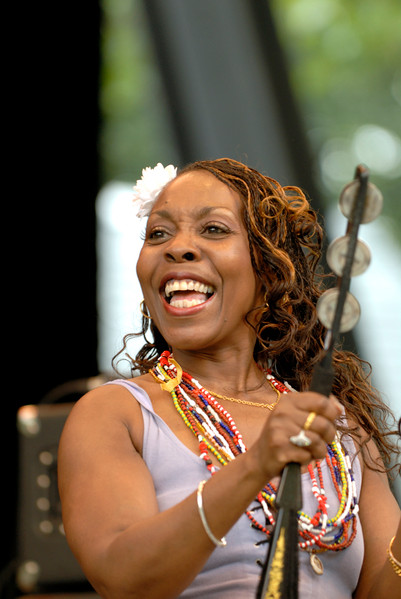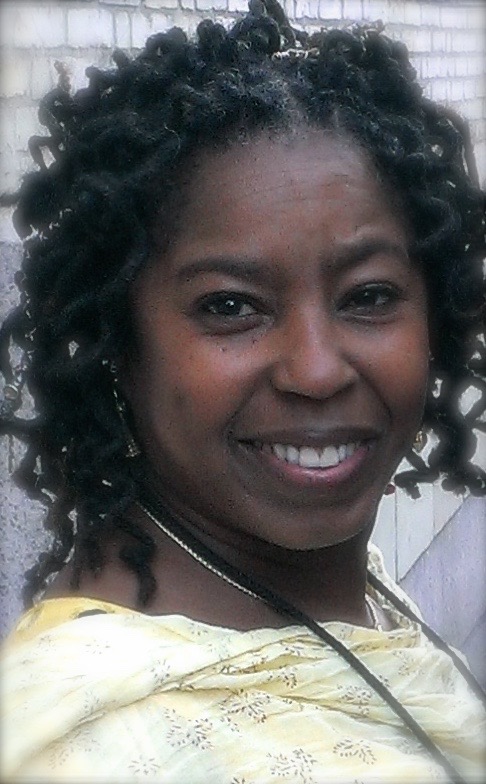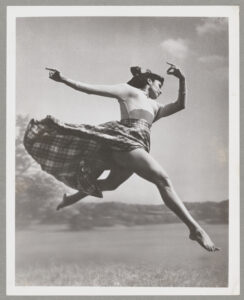The Extensive Legacy and Impact of Katherine Dunham
“Katherine Dunham fills in the missing information of my cultural identity…”
Dana McBroom-Manno and Patricia Dye are facilitators of the upcoming course, DEL Honoring Katherine Dunham’s Legacy.
We are so fortunate to learn from them—they both worked with Ms. Dunham herself. They possess a wealth of knowledge about Katherine Dunham’s extensive impact and legacy.
Dana McBroom-Manno is a former dancer with the Katherine Dunham Dance Company, and currently an adjunct faculty member at SUNY Fashion Institute of Technology, in the Department of Film, Media, and Performing Arts. Dana has used her experience as a Master Teacher of Dunham Technique to help promote Caribbean culture around the world.
Patricia Dye is currently pursuing her doctorate in Dance Education at Teachers College, Columbia University, and has served as dance instructor for the NYC Department of Education for over 25 years. Together, her and Dana serve as co-directors of the Passing Ancestral Knowledge Along Theater Dance Company (P.A.K.A.) Foundation.
When asked, “What do you hope course participants will walk away with?” they shared,
“We hope that the participants will experience a fully embodied understanding of Katherine Dunham’s dance and rhythm base technique. They will also learn her dance class structure, so that they can adjust and implement it into their dance classes, by fully embracing the breathing technique, barre-work, and seated, standing, and center floor sequences.
Included in the class structure will be dance combinations and progressions across the floor, and we’ll engage with dances like Conga Tey, Carnival, Petro, and rhythms like Comparsa, Rhumba, and Wa Wa Coo.”

Dana McBroom-Manno
“The dance as an art form is an increasingly strong social force, and undoubtedly contributes to the development of new, vital material and technique that is of great social significance.”
– Katherine Dunham, from “Kaiso!” by Véve Clark and Sara East Johnson
Pat Dye shared her inspiring story:
“My relationship to Katherine Dunham started when I was seven years old with my first Dunham teacher, Willie Killy, whose teacher was Madam Lavinia Williams, founding member of the Dunham Company.
I studied the Dunham technique with Professor Dana Manno at Adelphi University, who introduced me to Madam Lavinia Williams. I danced with Eugene James Dance Company and met many other Dunham technicians who incorporated all the cultural connections of the Dunham philosophy throughout their everyday lives.
In 1989, I finally met my dance grandmother, Mama Katherine Dunham.
I assisted Ms. Dunham in dance class, and notated her stories on the Dunham history and philosophy.
Katherine Dunham fills in the missing information of my cultural identity: who I am, my ancestry, lineage, history, customs, dances, stories, rhythms that I’ve felt throughout my body.
I now have a language and a way to trace my connection to the continent of Africa and the diaspora of people of color.
I have found my culture, have found my voice, I’ve found my history. I constantly keep evolving, analyzing, embodying and teaching to others the JOY of black culture through dance.”

Patricia Dye

Katherine Dunham, courtesy of the New York Public Library
“The artist must be educated as a person, a living, developing humanist aware, as all artists are, of the happenings of the times, but aware with equipment that will serve him in his technique, as an instrument of social balance, and if necessary, and this is constant in all societies, of social change…”
– Katherine Dunham, “Performing Arts Training Center as a Focal Point for the New and Unique College or School”
Finally, we asked, “Why is it important to delve into dance history as a way to inform our teaching today?”
They shared with us some wonderful insight:
“Dance teachers today should extend, explore, share, and examine Katherine Dunham technique that connects to performance by using culture, history, language and other arts to experience strategies that guide teachers to present their ideas in discussions, and to demonstrate what they’ve learned. Teachers should be willing to examine their current teaching methods and how they connect to their students.”
They also shared with us that “Katherine Dunham’s main goal for dance educators was to learn to use popular dance traditions in a concert setting… to learn what, why, when, and where these dances are used, and to use them to recognize that we all are connected. We learn to understand and teach about joy.”
